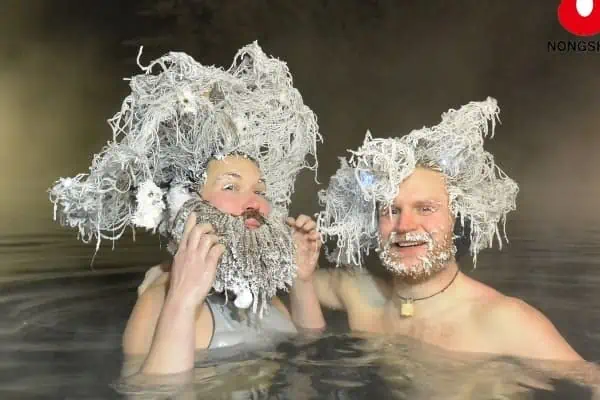In cold weather, a head without a hat on it can lose up to 50 per cent of your body heat and some of that wasted heat could have been going to your hands and feet to keep them warm. Your fingers and toes are the parts furthest away from the heat source that is in your torso. As a result, they need a little TLC to stay comfortable.
Hands are actually easier than feet because when all else fails, you can stick your hands in a pocket, an armpit (yours or someone else’s,) inside your jacket, or put on an additional mitten. These will all work but the goal is to keep the hands from getting too cold in the first place. Wool, down, pile or fleece are great insulators, but they just keep your heat in and do not create heat. Mittens are always warmer than comparable gloves because your fingers are all together in one space and affect the warmth of one another. In a glove, your fingers are in individual spaces and do not share any warmth. A really good choice is a thick mitt liner of any of the above materials inside a nylon, Gore-Tex or even leather over-mitt. These over-mitts can be fastened to your sleeve ends, fastened together by a cord through both sleeves or a traditional Inuit, cord mitt holder. A pair of light gloves (e.g. polypropylene) can be carried in a pocket to slip on bare hands for any quick task where the mittens would be too clumsy.

The best general activity winter boot is the felt lined “Sorel” type. Various types of bedliners can be placed in the boot under the felt liner.
There are lots of military surplus cold-weather footwear. They are fairly expensive and are usually used but really keep feet warm.
If wearing shorter boots, or where snow is deeper, purchase a pair of gators to keep snow out of your boots.
Try to dry your boots each night (where possible) and removable liners really help to get things dry.
It is always a good suggestion to carry a supply of air-activated hand or toe warmers. These fit nicely into your mitt or inside your boot and last about 8 hours with a good heat output.




